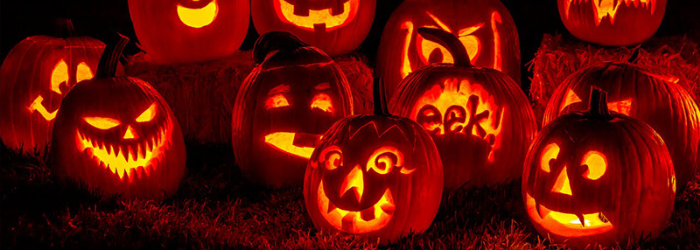“Double, double toil and trouble; Fire burn and caldron bubble.”
– The Three Witches, Shakespeare’s Macbeth
In Pioneer’s ongoing series of blogs here, on curricular resources for parents, families, and teachers during COVID-19, this one focuses on:
Introducing K-12 students to the history behind Halloween.
“[H]e that runs races with goblin troopers is likely to have rough riding of it,” advises Washington Irving’s haunted classic, “The Legend of Sleepy Hallow.” The Northeast is home to among world’s great ghost stories, and aside from the creepy costumes, candy, and pumpkins, does our K-12 education system provide students much background knowledge or deeper understanding about why we even celebrate Halloween? We’re offering a variety of resources to help guide parents, teachers, and schoolchildren, including:
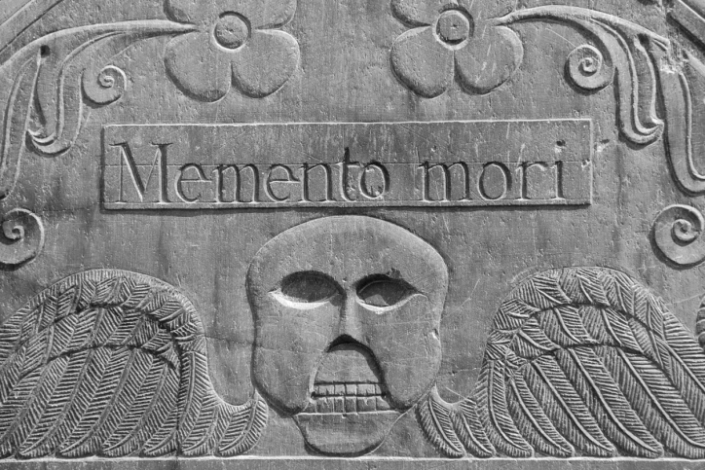
Halloween
“Halloween or Hallowe'en (a contraction of Hallows' Even or Hallows' Evening), also known as Allhalloween, All Hallows' Eve, is a celebration observed in many countries on 31 October, the eve of the Western Christian feast of All Hallows' Day. It begins the three-day observance of Allhallowtide, the time in the liturgical year dedicated to remembering the dead, including saints (hallows), martyrs, and all the faithful departed… Halloween activities include trick-or-treating (or the related guising and souling), attending Halloween costume parties, carving pumpkins into jack-o'-lanterns, lighting bonfires, apple bobbing, divination games, playing pranks, visiting haunted attractions, telling scary stories, as well as watching horror films.”

Jack-o’-Lantern Pumpkins
“A jack-o'-lantern (or jack o'lantern) is a carved pumpkin, turnip, or other root vegetable lantern associated with Halloween. Its name comes from the phenomenon of a strange light flickering over peat bogs, called will-o'-the-wisp or jack-o'-lantern. The name is also tied to the Irish legend of Stingy Jack, a drunkard who bargains with Satan and is doomed to roam the Earth with only a hollowed turnip to light his way. Jack-o'-lanterns are a yearly Halloween tradition that came to the United States from Irish immigrants. In a jack-o'-lantern, the top of the pumpkin or turnip is cut off to form a lid, the inside flesh is scooped out, and an image—usually a scary or funny face—is carved out of the rind to expose the hollow interior. To create the lantern effect, a light source, traditionally a flame such as a candle or tea light, is placed within before the lid is closed. However, artificial jack-'o-lanterns with electric lights are also marketed. It is common to see jack-o'-lanterns on doorsteps and otherwise used as decorations prior to and on Halloween.”

Trick-or-Treating
“Trick-or-treating is a traditional Halloween custom for children and adults in some countries. In the evening before All Saints' Day (1 November), children in costumes travel from house to house, asking for treats with the phrase "Trick or treat". The "treat" is usually some form of candy, although in some cultures money is given instead. The "trick" refers to a threat, usually idle, to perform mischief on the homeowner(s) or their property if no treat is given. Trick-or-treating usually occurs on the evening of October 31. Some homeowners signal that they are willing to hand out treats by putting up Halloween decorations outside their doors; others simply leave treats available on their porches for the children to take freely. Houses may also leave their porch light on as a universal indicator that they have candy. In Scotland and other parts of Britain and Ireland, the tradition of going house to house collecting food at Halloween goes back at least as far as the 16th century, as does the tradition of people wearing costumes at Halloween… Since the Middle Ages, a tradition of mumming on a certain holiday has existed in parts of Britain and Ireland. It involved going door-to-door in costume, performing short scenes or parts of plays in exchange for food or drink. The custom of trick-or-treating on Halloween may come from the belief that supernatural beings, or the souls of the dead, roamed the earth at this time and needed to be appeased.”
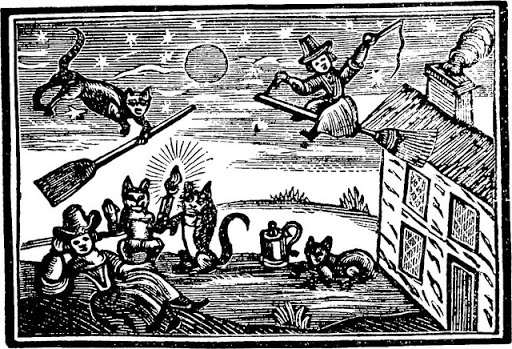
Witches
“Witchcraft (or witchery) is the practice of magical skills, spells, and abilities. Witchcraft is a broad term that varies culturally and societally, and thus can be difficult to define with precision. Historically, and currently in most traditional cultures worldwide—notably in Asia, South America, Africa, the African diaspora, and Indigenous communities in the Americas—the term is commonly associated with those who use supernatural means to cause harm to the innocent. In places such as the Philippines, witches are viewed as those opposed to the sacred indigenous religions. In contrast, anthropologists writing about healers in Indigenous communities either use the traditional terminology of these cultures, or broad anthropological terms like "shaman". In the modern era, some use "witch" to refer to benign, positive, or neutral practices of modern paganism, such as divination or spellcraft, but this is primarily a modern, western, popular culture phenomenon. Belief in witchcraft is often present within societies and groups whose cultural framework includes a magical world view.”
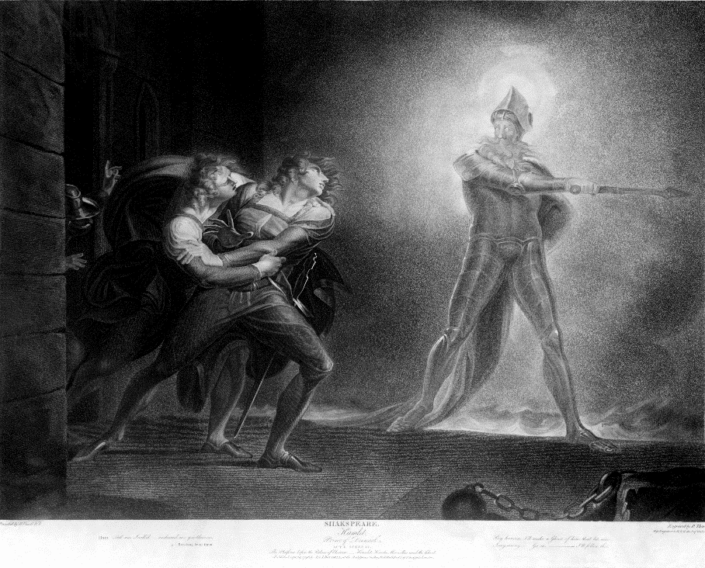
Ghosts
“In folklore, a ghost is the soul or spirit of a dead person or animal that can appear to the living. In ghostlore, descriptions of ghosts vary widely from an invisible presence to translucent or barely visible wispy shapes, to realistic, lifelike forms. The deliberate attempt to contact the spirit of a deceased person is known as necromancy, or in spiritism as a séance. Other terms associated with it are apparition, haunt, phantom, poltergeist, shade, specter or spectre, spirit, and wraith. The belief in the existence of an afterlife, as well as manifestations of the spirits of the dead, is widespread, dating back to animism or ancestor worship in pre-literate cultures. Certain religious practices—funeral rites, exorcisms, and some practices of spiritualism and ritual magic—are specifically designed to rest the spirits of the dead. Ghosts are generally described as solitary, human-like essences, though stories of ghostly armies and the ghosts of animals rather than humans have also been recounted.They are believed to haunt particular locations, objects, or people they were associated with in life. According to a 2009 study by the Pew Research Center, 18% of Americans say they have seen a ghost.”
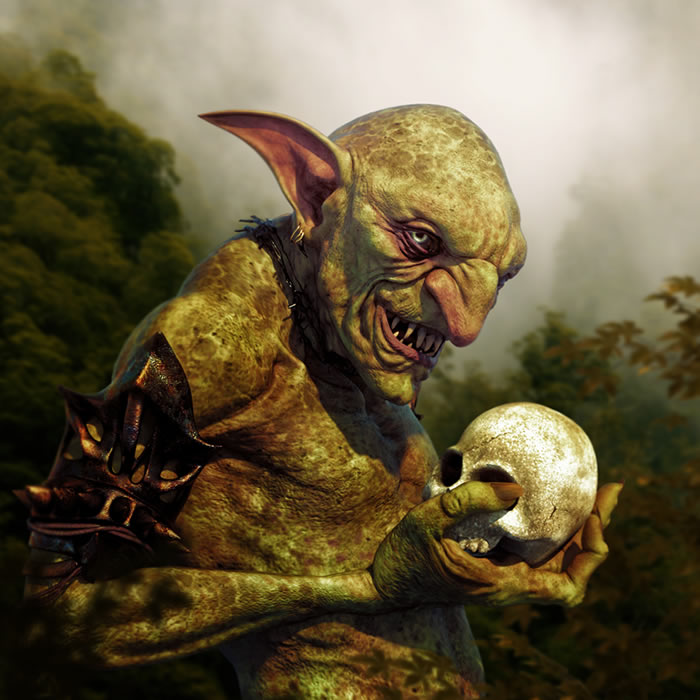
Goblins
“A goblin is a monstrous creature that appears in the folklore of multiple European cultures, first attested in stories from the Middle Ages. They are ascribed various and conflicting abilities, temperaments and appearances depending on the story and country of origin. They are almost always small and grotesque, mischievous or outright malicious, and greedy, especially for gold and jewelry. They often have magical abilities similar to a fairy or demon. Similar creatures include brownies, dwarfs, duendes, gnomes, imps, and kobolds.”
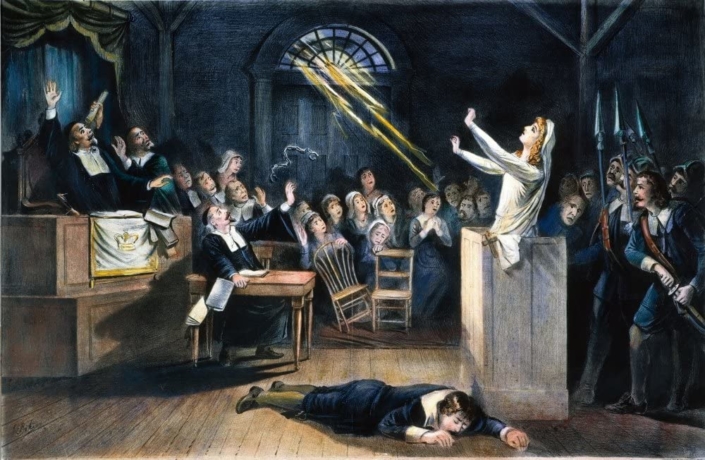
Salem witch trials
“The Salem witch trials were a series of hearings and prosecutions of people accused of witchcraft in colonial Massachusetts between February 1692 and May 1693. More than two hundred people were accused. Thirty were found guilty, nineteen of whom were executed by hanging (fourteen women and five men). One other man, Giles Corey, was pressed to death for refusing to plead, and at least five people died in jail. Arrests were made in numerous towns beyond Salem and Salem Village (known today as Danvers), notably Andover and Topsfield. The grand juries and trials for this capital crime were conducted by a Court of Oyer and Terminer in 1692 and by a Superior Court of Judicature in 1693, both held in Salem Town, where the hangings also took place. It was the deadliest witch hunt in the history of colonial North America. Only fourteen other women and two men had been executed in Massachusetts and Connecticut during the 17th century. The episode is one of Colonial America's most notorious cases of mass hysteria. It has been used in political rhetoric and popular literature as a vivid cautionary tale about the dangers of isolationism, religious extremism, false accusations, and lapses in due process.”

“The Legend of Sleepy Hollow”
"The Legend of Sleepy Hollow" is a gothic story by American author Washington Irving, contained in his collection of 34 essays and short stories entitled The Sketch Book of Geoffrey Crayon, Gent. Written while Irving was living abroad in Birmingham, England, "The Legend of Sleepy Hollow" was first published in 1820. Along with Irving's companion piece "Rip Van Winkle", "The Legend of Sleepy Hollow" is among the earliest examples of American fiction with enduring popularity, especially during Halloween because of a character known as the Headless Horseman believed to be a Hessian soldier who was decapitated by a cannonball in battle… The story is set in 1790 in the countryside around the Dutch settlement of Tarry Town (historical Tarrytown, New York), in a secluded glen known as Sleepy Hollow. Sleepy Hollow is renowned for its ghosts and the haunting atmosphere that pervades the imaginations of its inhabitants and visitors. Some residents say this town was bewitched during the early days of the Dutch settlement, while others claim that the mysterious atmosphere was caused by an old Native American chief, the "wizard of his tribe ... before the country was discovered by Master Hendrik Hudson." The most infamous spectre in the Hollow is the Headless Horseman, supposedly the ghost of a Hessian trooper whose head had been shot off by a stray cannonball during "some nameless battle" of the Revolution, and who "rides forth to the scene of battle in nightly quest of his head" The "Legend" relates the tale of Ichabod Crane, a lean, lanky and extremely superstitious schoolmaster from Connecticut, who competes with Abraham "Brom Bones" Van Brunt, the town rowdy, for the hand of 18-year-old Katrina Van Tassel, the daughter and sole child of wealthy farmer Baltus Van Tassel.”
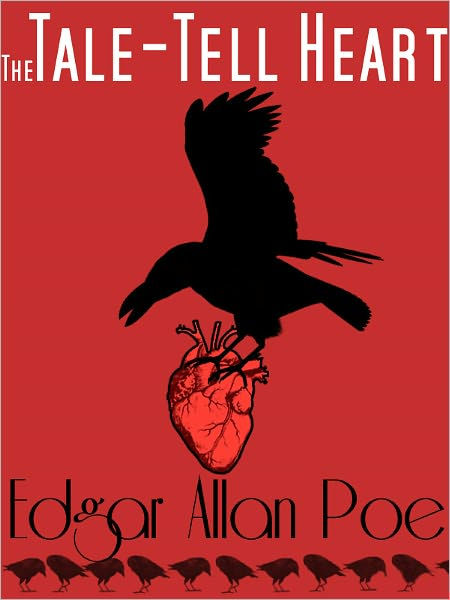
“The Tell-Tale Heart”
"The Tell-Tale Heart" is a short story by American writer Edgar Allan Poe, first published in 1843. It is related by an unnamed narrator who endeavors to convince the reader of the narrator’s sanity while simultaneously describing a murder the narrator committed. The victim was an old man with a filmy "vulture-eye", as the narrator calls it. The narrator emphasizes the careful calculation of the murder, attempting the perfect crime, complete with dismembering and hiding the body under the floorboards. Ultimately, the narrator's feelings result in hearing a thumping sound, which the narrator interprets as the dead man's beating heart.”

Frankenstein
“Frankenstein; or, The Modern Prometheus is an 1818 novel written by English author Mary Shelley (1797–1851) that tells the story of Victor Frankenstein, a young scientist who creates a sapient creature in an unorthodox scientific experiment. Shelley started writing the story when she was 18, and the first edition was published anonymously in London on 1 January 1818, when she was 20. Her name first appeared in the second edition published in Paris in 1821… Since the publication of the novel, the name "Frankenstein" has often been used to refer to the monster itself… Part of Frankenstein's rejection of his creation is the fact that he does not give it a name, which causes a lack of identity. Instead it is referred to by words such as "wretch", "monster", "creature", "demon", "devil", "fiend", and "it". When Frankenstein converses with the creature in Chapter 10, he addresses it as "vile insect", "abhorred monster", "fiend", "wretched devil", and "abhorred devil". During a telling of Frankenstein, Shelley referred to the creature as "Adam."
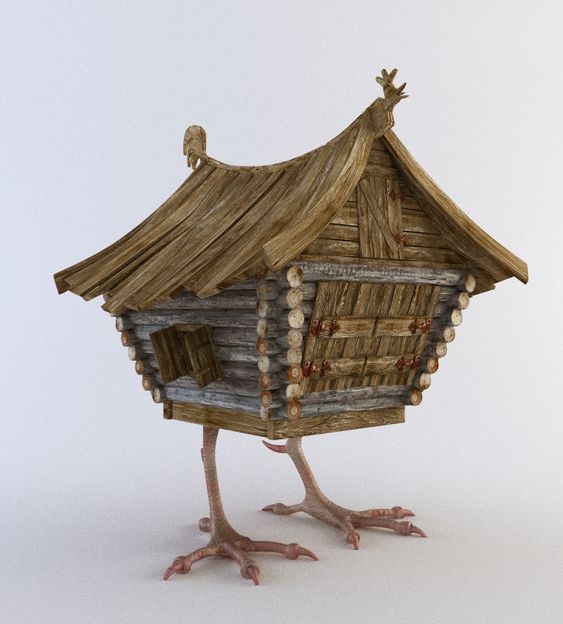
Baba Yaga
“In Slavic folklore, Baba Yaga is a supernatural being (or a trio of sisters of the same name) who appears as a deformed or ferocious-looking old woman. In Slavic culture, Baba Yaga lived in a hut usually described as standing on chicken legs. Baba Yaga may help or hinder those that encounter her or seek her out. She may play a maternal role and has associations with forest wildlife. According to Vladimir Propp's folktale morphology, Baba Yaga commonly appears as either a donor, villain, or may be altogether ambiguous. Her depictions vary greatly across tales, ranging from a child-eating monster, to helping a protagonist find his missing bride.”
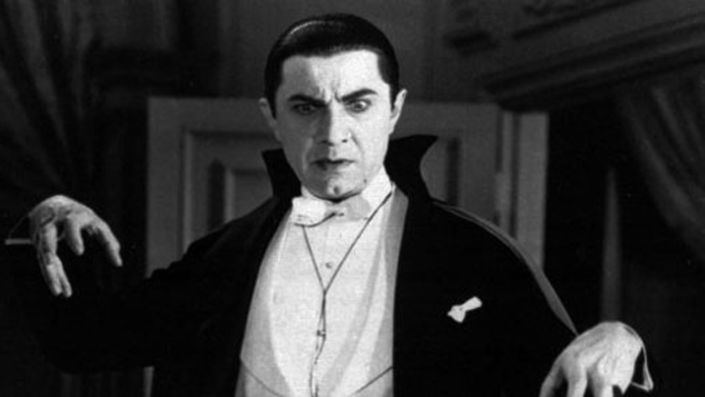
Dracula
“Dracula is an 1897 Gothic horror novel by Irish author Bram Stoker. It introduced the character of Count Dracula and established many conventions of subsequent vampire fantasy. The novel tells the story of Dracula's attempt to move from Transylvania to England so that he may find new blood and spread the undead curse, and of the battle between Dracula and a small group of people led by Professor Abraham Van Helsing. Dracula has been assigned to many literary genres including vampire literature, horror fiction, gothic fiction, and invasion literature.”

Masquerade Ball
“A masquerade ball (or bal masqué) is an event in which many participants attend in costume wearing a mask. (Compare the word "masque"—a formal written and sung court pageant.) Less formal "costume parties" may be a descendant of this tradition. A masquerade ball usually encompasses music and dancing. These nighttime events are used for entertainment and celebrations.”

Mummies
“A mummy is a dead human or an animal whose soft tissues and organs have been preserved by either intentional or accidental exposure to chemicals, extreme cold, very low humidity, or lack of air, so that the recovered body does not decay further if kept in cool and dry conditions. Some authorities restrict the use of the term to bodies deliberately embalmed with chemicals, but the use of the word to cover accidentally desiccated bodies goes back to at least 1615 AD (see the section Etymology and meaning). Mummies of humans and animals have been found on every continent, both as a result of natural preservation through unusual conditions, and as cultural artifacts. Over one million animal mummies have been found in Egypt, many of which are cats. Many of the Egyptian animal mummies are sacred ibis, and radiocarbon dating suggests the Egyptian Ibis mummies that have been analyzed were from time frame that falls between approximately 450 and 250 BC.”
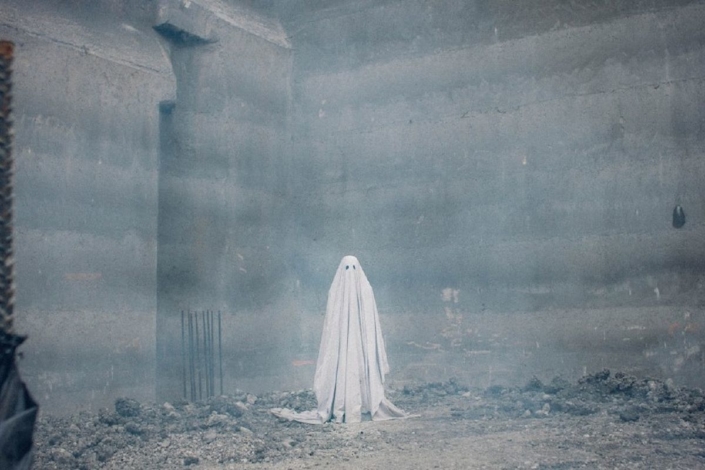
Ghost Stories
“A ghost story may be any piece of fiction, or drama, that includes a ghost, or simply takes as a premise the possibility of ghosts or characters' belief in them. The "ghost" may appear of its own accord or be summoned by magic. Linked to the ghost is the idea of "hauntings", where a supernatural entity is tied to a place, object or person. Ghost stories are commonly examples of ghostlore. Colloquially, the term "ghost story" can refer to any kind of scary story. In a narrower sense, the ghost story has been developed as a short story format, within genre fiction. It is a form of supernatural fiction and specifically of weird fiction, and is often a horror story. While ghost stories are often explicitly meant to be scary, they have been written to serve all sorts of purposes, from comedy to morality tales. Ghosts often appear in the narrative as sentinels or prophets of things to come. Belief in ghosts is found in all cultures around the world, and thus ghost stories may be passed down orally or in written form… Ghosts in the classical world often appeared in the form of vapor or smoke, but at other times they were described as being substantial, appearing as they had been at the time of death, complete with the wounds that killed them. Spirits of the dead appear in literature as early as Homer's Odyssey, which features a journey to the underworld and the hero encountering the ghosts of the dead, as well as the Old Testament in which the Witch of Endor calls the spirit of the prophet Samuel.”


